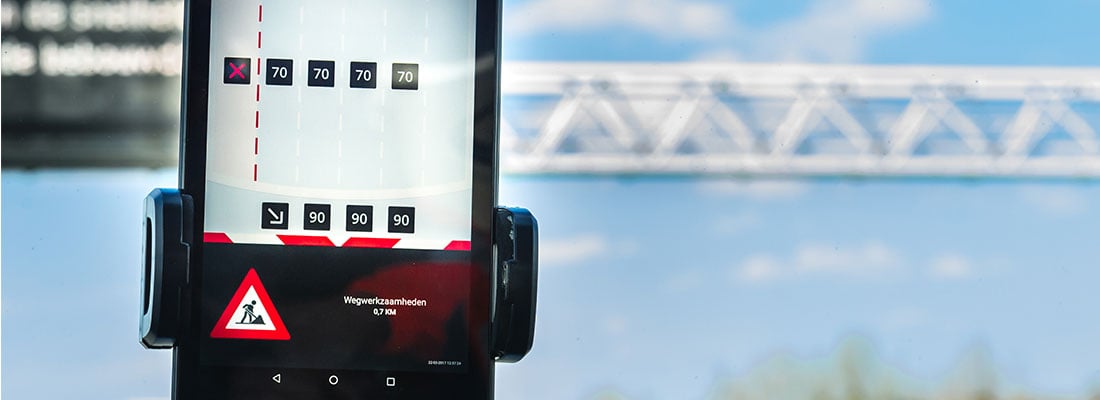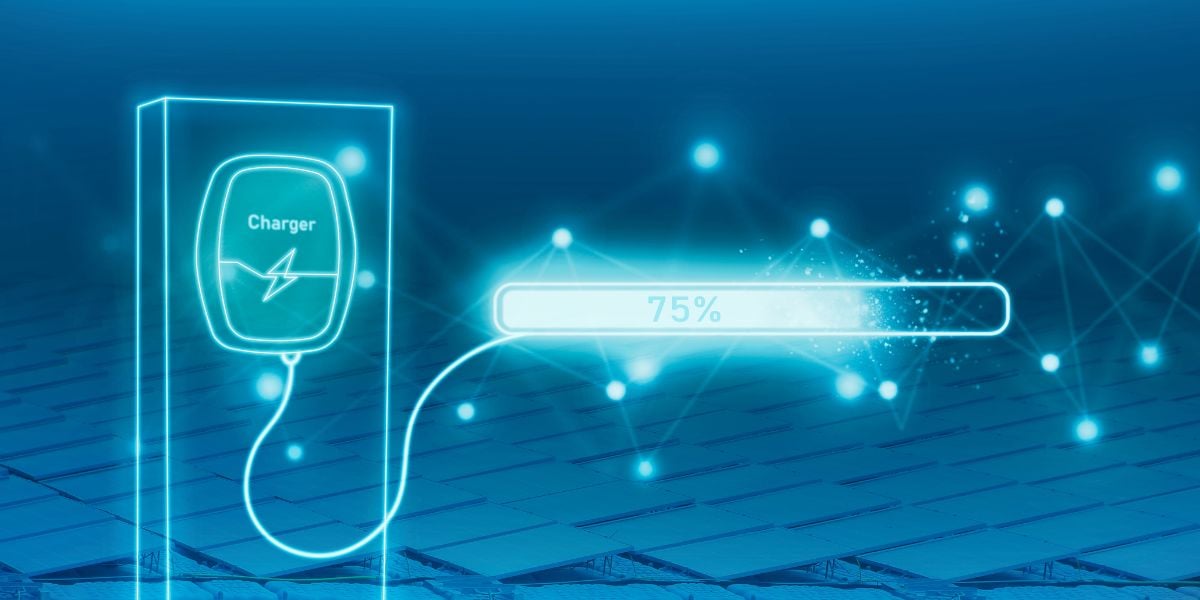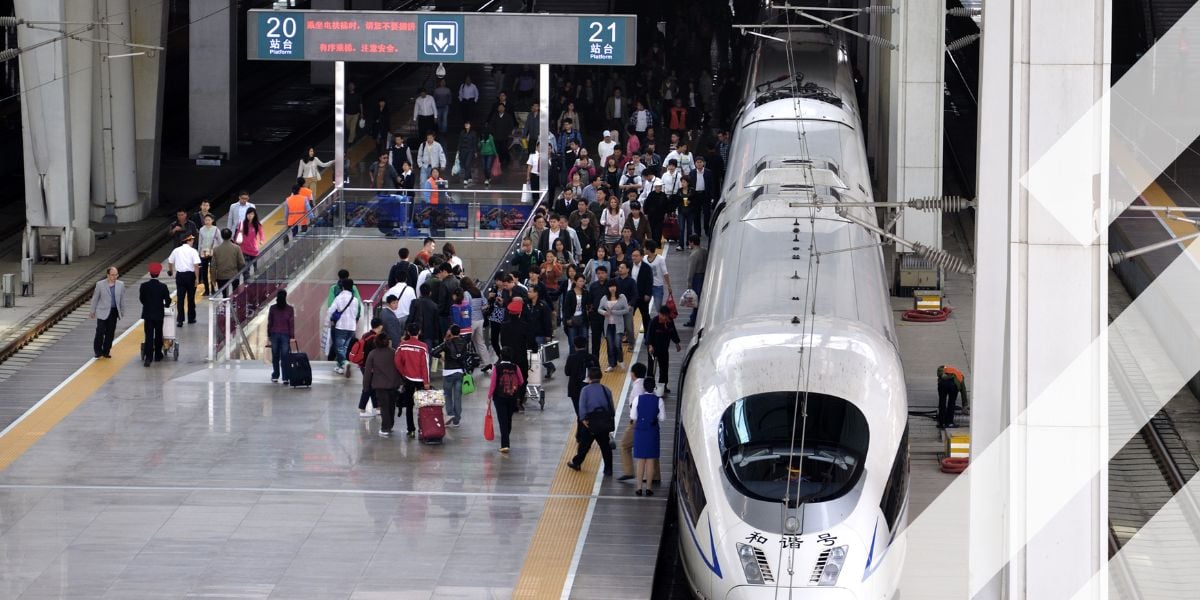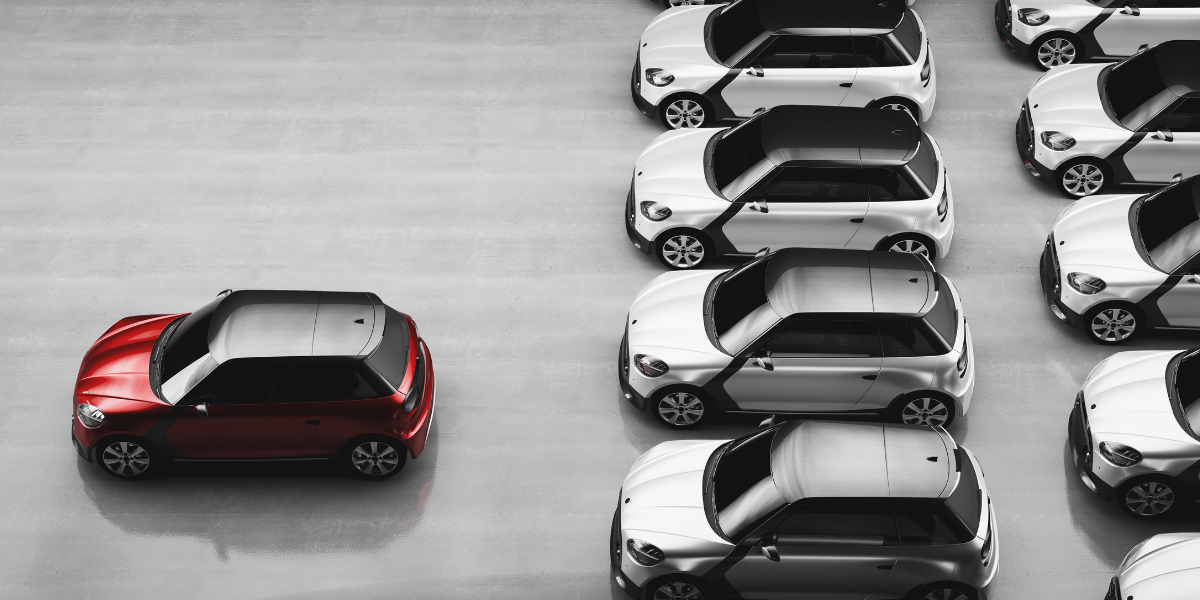A Smarter Approach
At Rijkswaterstaat, the Dutch highways authority, Kai Feldkamp is exploring the potential around connected vehicle technology even as the direction of future communications channels remains unclear As the Netherlands gears up for Intertraffic Amsterdam 2018 (March 20-23), the host nation is proving to be a leading example in the pursuit of better, smarter transportation infrastructure. The country’s highways authority, Rijkswaterstaat (RWS), will be present at the event beginning on March 20 at the RAI Amsterdam, and Kai Feldkamp, RWS program director for smart mobility, is anticipating that it will be well worth a visit. “There is going to be a big focus on smart mobility – it will be a great opportunity for people to experience what the Netherlands is doing in that field,” he says. “Sessions will be given over to discussion with experts on everything from data sharing and new traffic management concepts, to how we adjust infrastructure for connected and autonomous vehicles.”
A Smarter Approach
RWS is committed to relieving congestion and improving road safety for travelers in the Netherlands. But rather than simply building more roads, two years ago the organization created a team specifically devoted to the aim of using existing infrastructure more efficiently.
“We are looking at innovations and trying to incorporate them into, for example, our traffic management services, working out how smart mobility can really contribute to our primary goals of greater safety, accessibility and sustainability,” explains Feldkamp.
“Two years ago, it was just about finding out what smart mobility means, what is its scope, and how can we handle it? From there, it has moved on to implementing the elements of smart technology that can be used now – that’s basically where we are today.”
This understated description of RWS’s recent activities fails to do justice to the breadth and depth of projects the offshoot of the Dutch Ministry of Infrastructure and Water Management is involved in.
Collaborative Connected corridor
One major example extends even beyond the nation’s borders. The Cooperative Intelligent Transportation Systems (C-ITS) corridor is a collaborative endeavor between the Netherlands, Austria and Germany.
The 870-mile (1,400km) testbed from Rotterdam to Vienna is exploring the potential of providing road users with traffic updates on their journey by connecting vehicles to roadside systems.
With the use of wi-fi signals and smartphone apps, the project is focusing initially on the provision of workzone warnings for drivers, with a view to extending this to a wider range of traffic updates, once the system has bedded in. Such a service is an obvious boon for road users.
“In the Netherlands, it is a little bit more complicated because we already have so much roadside messaging technology,” explains Feldkamp.
As early as 1979, variable messaging signs were introduced on Dutch roads and, by 2004, 609 miles (980km) of motorway had some form of electronic signage.
Research in Germany has shown that traffic safety trailers last an average of only two years before being hit by a vehicle – endangering lives in the process.
“If road users are warned that these trailers are on the road, the number of crashes will be reduced enormously, saving lives, as well as money on replacing the equipment,” adds Feldkamp.
So, given the level of road infrastructure available in the Netherlands, one V2X application Feldkamp and his team are addressing is the feasibility of introducing collision risk warnings
Being so technologically advanced has, however, posed some additional, unique challenges to the Dutch end of the smart mobility project. “Many of our highways already tell you when a road ahead is closed, or that there are traffic jams for instance, so we are now working on integrating that service into one that can also be received in the car,“ he says. “The difficulty is making sure that when there are messages above the roads, they are the same as what’s displayed on the dashboard.” If that were not challenging enough, matters are complicated further by the hybrid nature of the project. “To have these signals appear on a smartphone app or on the vehicle’s dashboard, the technology behind it can either be cellular or wifi-p – both are possible. “We’re calling it a hybrid strategy as we plan not to exclude one or the other, but to try to find out which one works best in which situation.
“Discussions in the industry are still ongoing about whether it’ll be G5 [wi-fi], 5G [celluar] technology, or a mix of both. There has been so much dialog shared about which is preferable or which will be ready first, but it’s still hard to say. “The manufacturers of these systems are also not very clear on the speed of when they’re going to deliver this technology, as it’s quite a complex thing, and even last year in Montreal at the ITS World Congress, there was no clarity at all,” says Feldkamp. Part of the aim of the C-ITS corridor is, as road authorities, to be prepared for 2019 when Volkswagen Group has confirmed it will begin phasing-in vehicle-to-vehicle and vehicle-to-infrastructure technology. So, the clock is now ticking for the project partners to be ready for the large number of connected vehicles to be on the roads, and the uncertainty around the communications channels is not helping.
Projects closer to home
Feldkamp and his team are also being kept busy by a number of projects closer to home. The distinct geography of the Netherlands means that canals play an important role in the transportation of people and cargo around the country.
Given that many of the waterways cross paths with Dutch highways, traffic levels can be heavily affected by bridge opening times. In Amsterdam alone, there are over 60 miles of waterways and more than 1,500 bridges.
Feldkamp adds, “We’re working on getting data from the bridges – when are they open and for how long? It’s very practical for the road traffic, but also for the waterway traffic, because you can imagine a vessel traveling from one city to another can cut its CO2 levels dramatically when it travels at one speed without the need to stop at bridges and, of course, journey time uncertainty can be reduced. “We already apply tried-and-tested innovations and that will increase in the coming years.” l
For more on the projects RWS is involved with, you can meet representatives at Intertraffic Amsterdam, March 20-23. Visit them in Hall 8, Stand 08.416
Source: James Allen, Traffic Technology Today
Share your story
Do you have an innovation, research results or an other interesting topic you would like to share with the professionals in the infrastructure, traffic management, safety, smart mobility and parking industry? The Intertraffic website and social media channels are a great platform to showcase your stories!
Please contact our Sr Brand Marketing Manager Carola Jansen-Young.
Are you an Intertraffic exhibitor?
Make sure you add your latest press releases to your Company Profile in the Exhibitor Portal for free exposure.

Can AI fix traffic jams?
27 January 2025

La IA Revoluciona la Industria del Transporte de Carga en México: Ahorro de Combustible, Mayor Productividad y Seguridad Vial
02 January 2025

Gestión Inteligente del Tráfico: Mejorando la Seguridad Pública y la Respuesta a Emergencias en América Latina y España
03 October 2024
Get up to speed on the mobility industry - our newsletter straight to your inbox!





